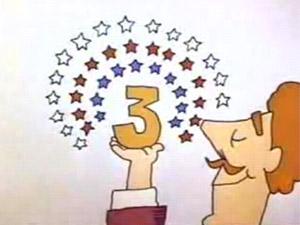Recently I’ve been talking a lot about PR-able advertising. And when I say that I’m really talking about three components: public relations, advertising and social media. You may think of social media as the glue that holds the other two together, but in reality it is much more. It is about having PR, advertising and social media baked in the big idea from the beginning and not forgetting the other communication touch points. Its a strategic approach that works in paid media, earned media and viral.
It used to be that the copywriter and art director would come up with the big idea and then PR and Interactive would be brought in to execute their disciplines. Today we work more in an expanded team of copywriters, art directors, public relations and digital media people who literally sit together to come up with that idea that draws from all disciplines – an idea that leverages all three equally.
Cannes, the most prestigious ad award show, now awards film lions to Internet videos, and has PR, cyber and direct categories. The judges now reward campaigns that fuse public relations, advertising and digital media. David Lubars, chairman-chief creative officer of BBDO North America and president of the Cannes film and press juries summed it up by saying, “The way the world is heading is voluntary engagement.”
What does this mean for the average marketer? You must first go through primary and secondary research into the target audience, industry and competition to uncover an insight that can be leveraged across all three disciplines. What is that big campaign concept that will lead to motivating advertising, newsworthy public relations, and engaging social media? Ideally you want a insight that you can use to engage your target in social media and can be promoted through advertising. More than a single event you also need something that can be sustained over the campaign period.
Traditional marketing is a one way street. Today you need to start a two-way dialogue with your target audience. Listening and talking to your consumers starts a conversation that will lead to engagement and action. If you can join conversations happening already or get the target to join your own you will create a social campaign that crosses media and marketing to become a movement that will not only meet your marketing objective but can be sustained beyond the official campaign period. When that happens three truly is the magic number.

